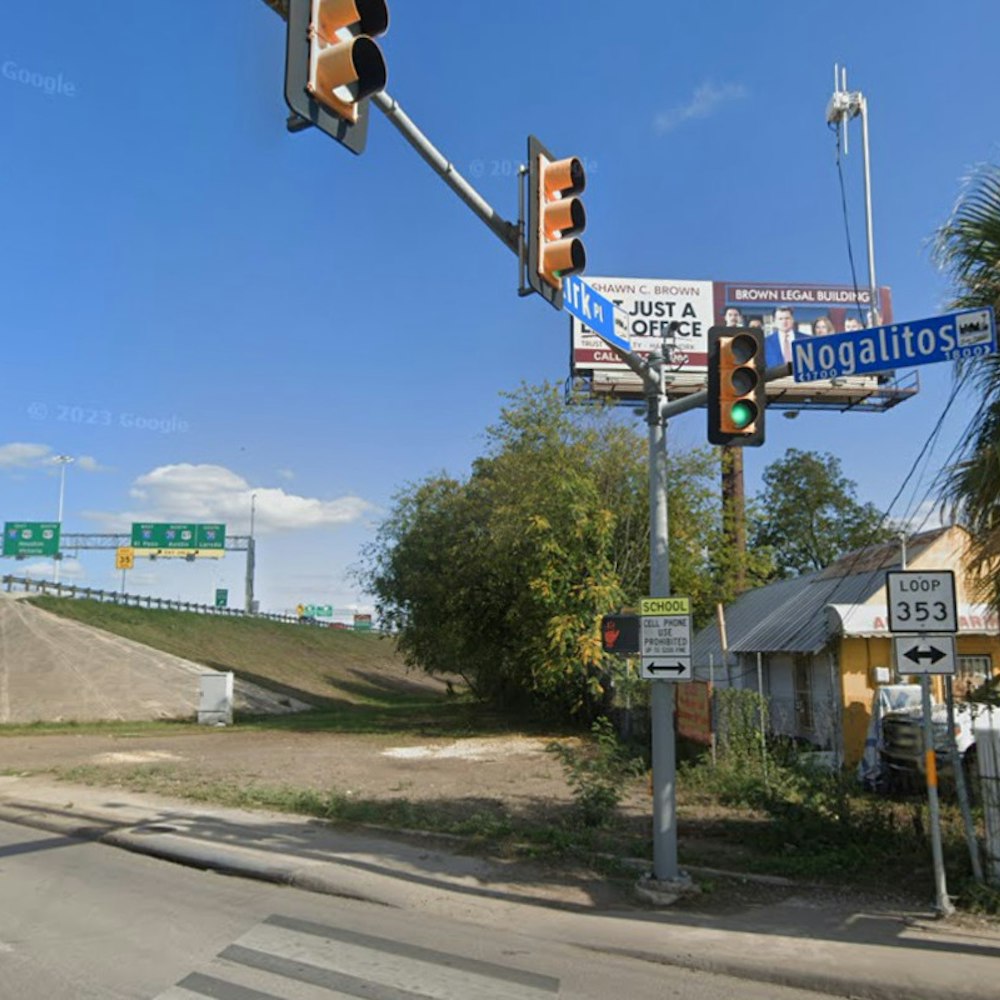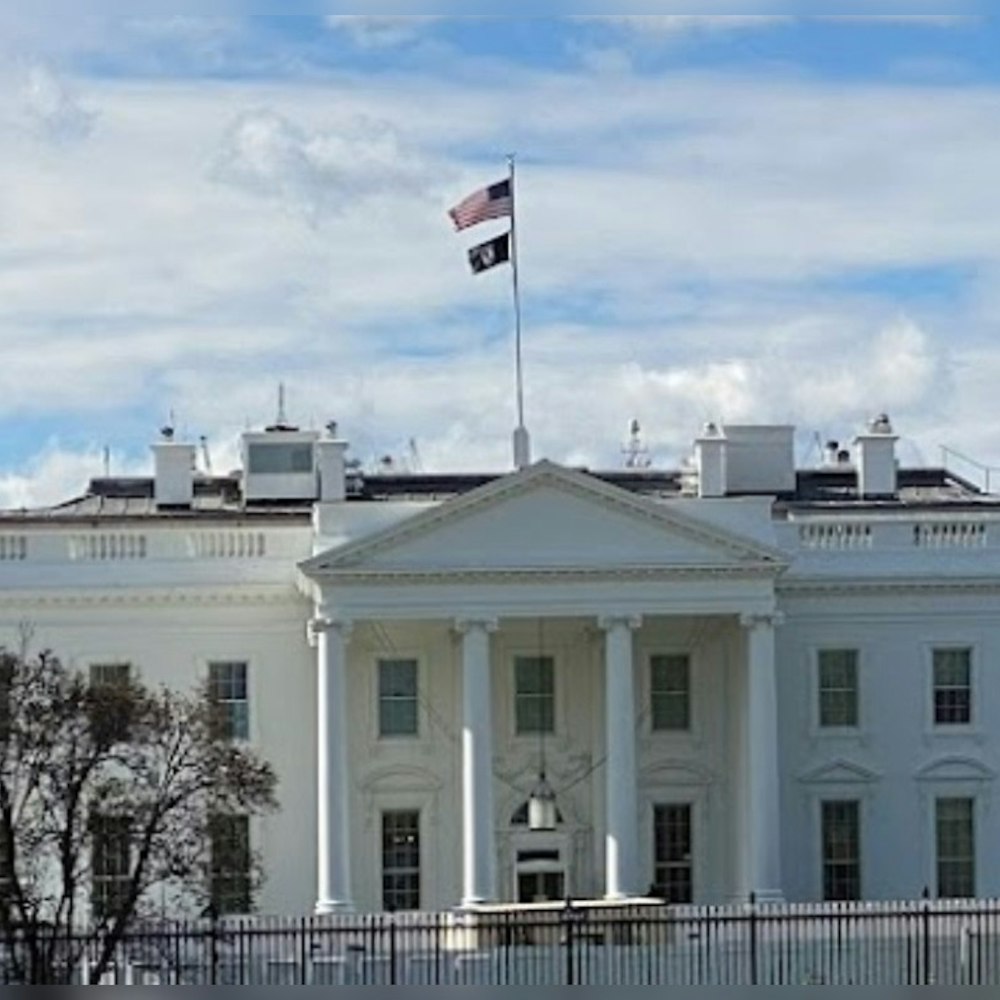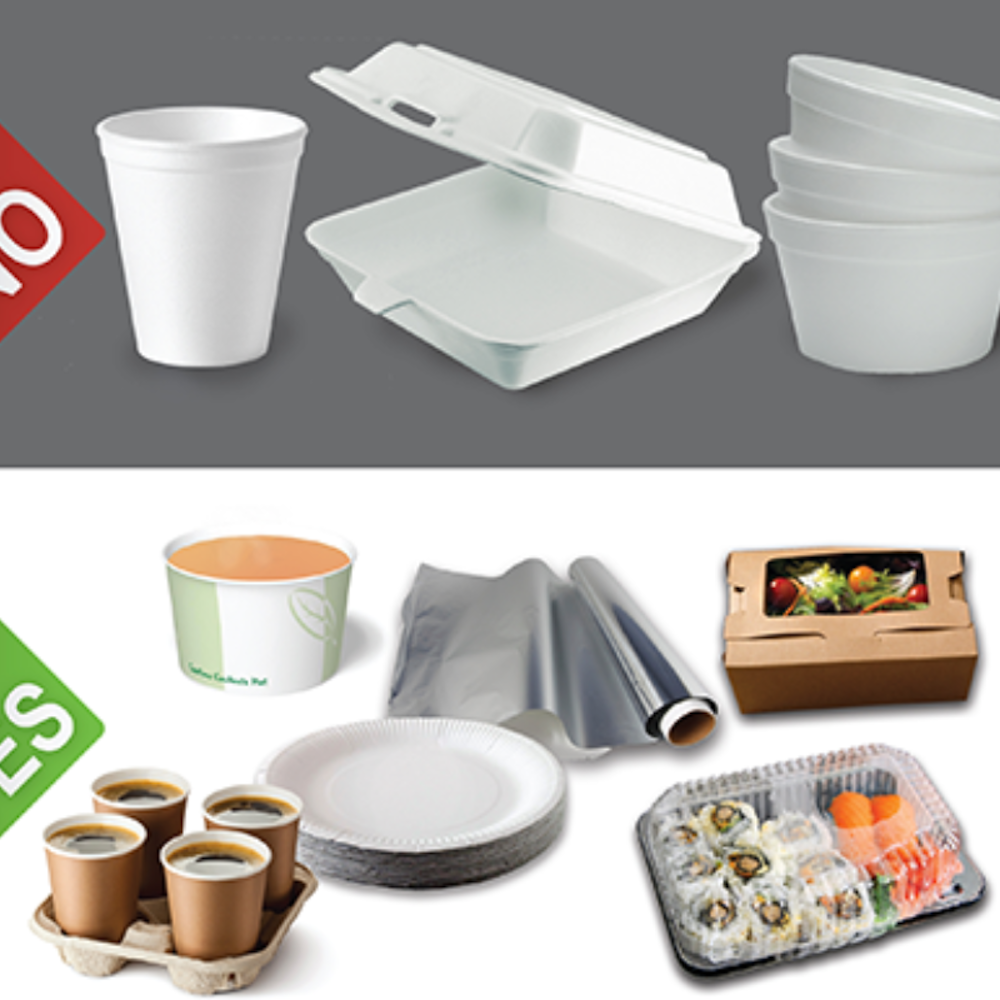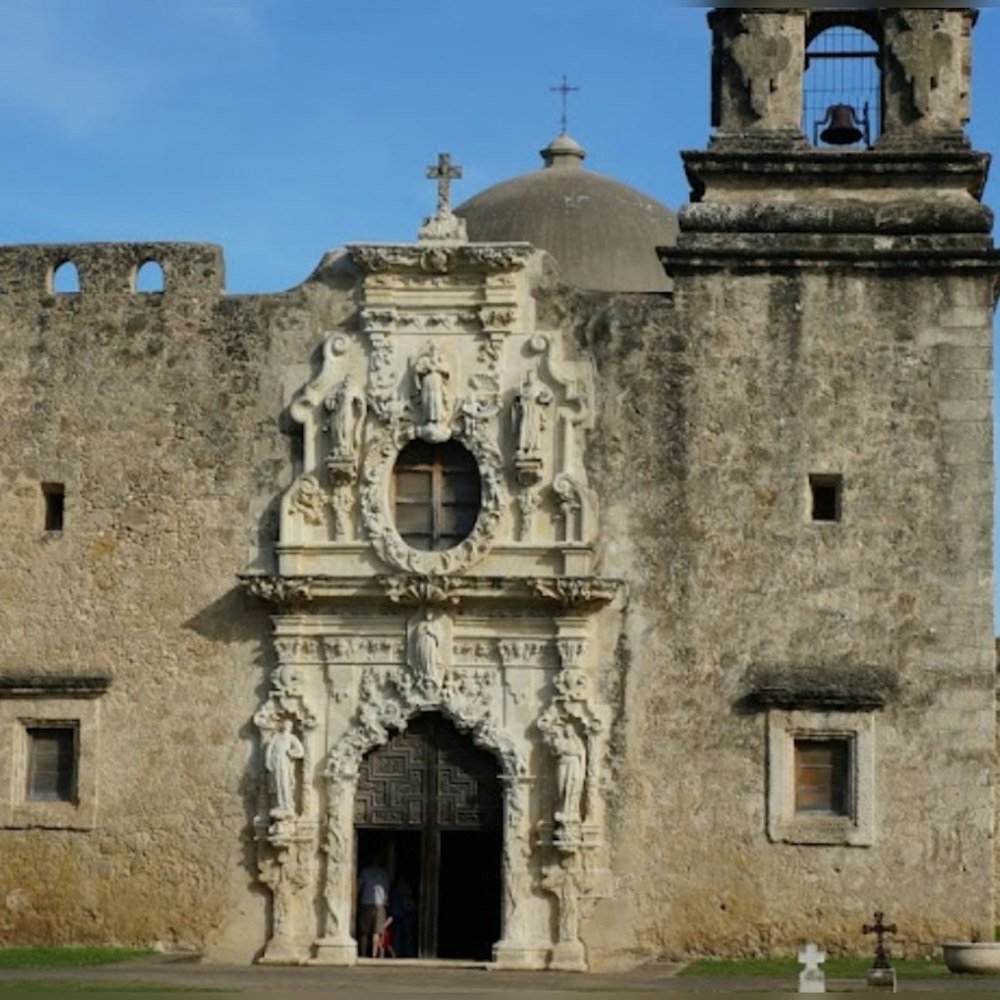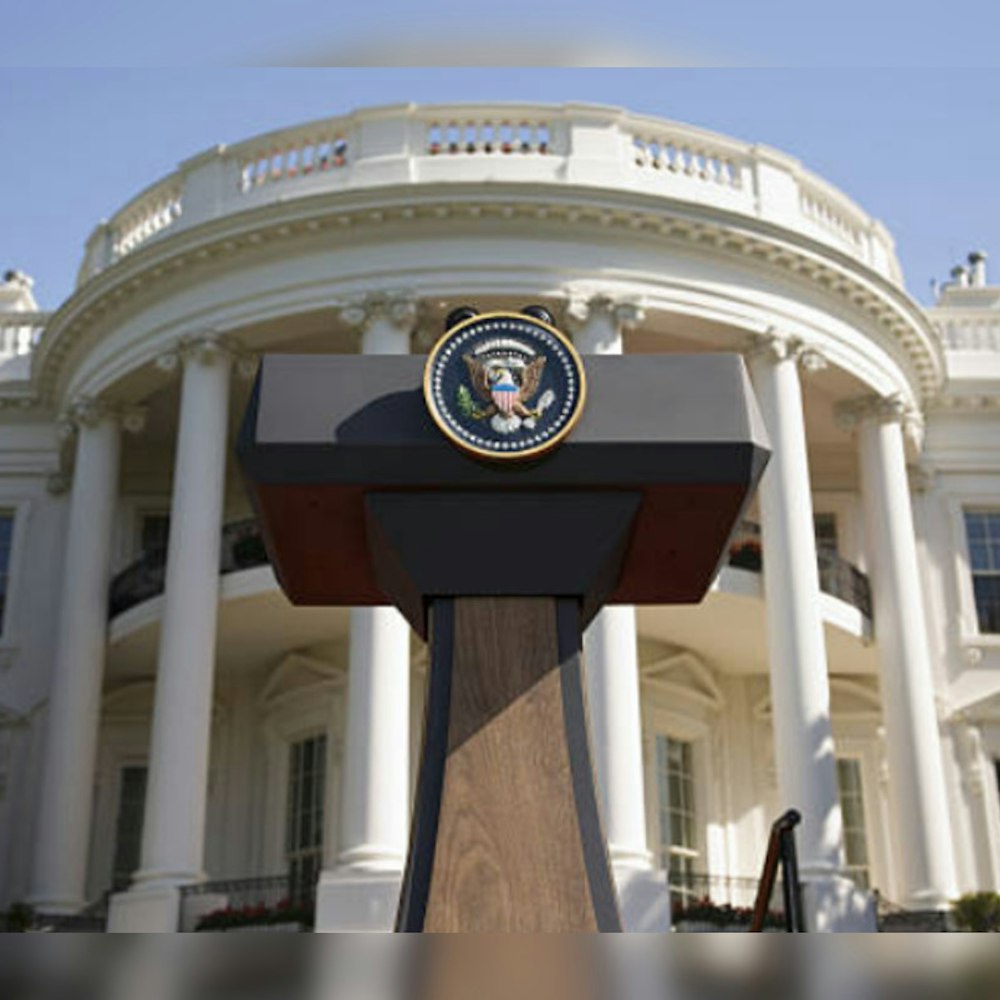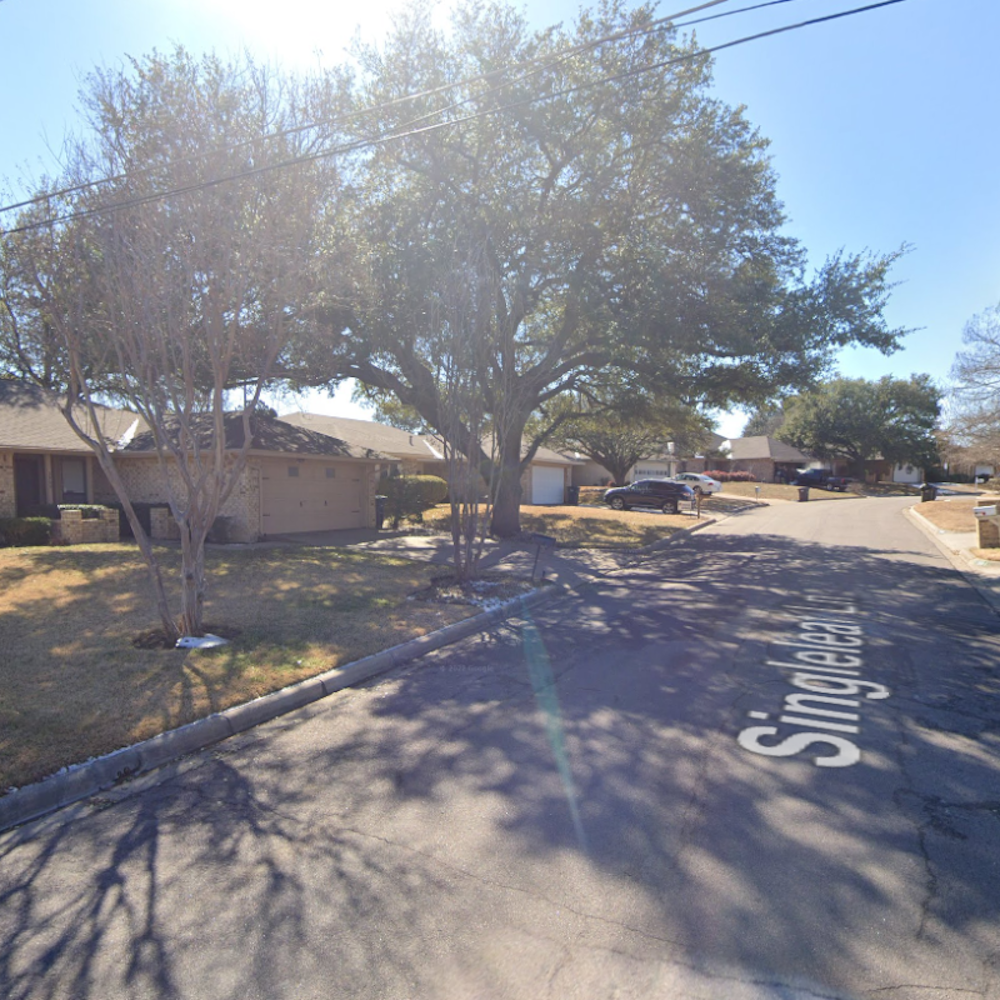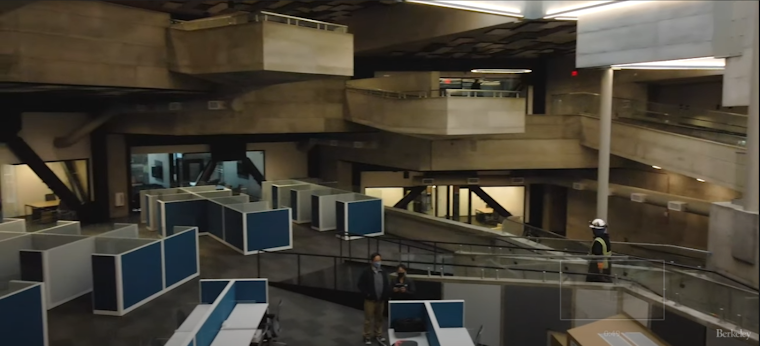
The transformation of a beloved art museum into a state-of-the-art research incubator is almost complete in Berkeley. The former Berkeley Art Museum that lived inside of a distinct, brutalist-style concrete building across from the Cal campus at 2630 Bancroft Way is now becoming the Bakar Bioenginuity Hub. It’s scheduled to open in February. The interior has been remodeled into an ultra-modern research and lab facility with working environment for students, researchers, and entrepreneurs. The goal is to bring new innovation to science, technology, engineering, and mathematics by letting individuals use labs, equipment, and office space to collaborate.
Under the same roof is also the Bakar Labs incubator that helps start-ups based in science. According to Berkeley News, “early-stage startups can lease as little as a single lab bench or half of a freezer shelf. Six startups have already moved into the space, which has the capacity to support more than 50 companies. Tenants have over 14,000 square feet of lab space.” Berkeley bioengineering professor Amy Herr is the executive director of the Bakar Bioenginuity Hub. “It is overwhelming that we’re not just looking at a blueprint of a reinvigorated campus landmark. We’re actually inside of a state-of-the-art incubator,” Herr told Berkeley News.
The project manager behind the dramatic indoor transformation is Berkeley grad Kevin Koblik who works for MBH Architects. While he was a student a decade and a half ago, Koblik says he drew up mock renovation plans for the 94,000 square foot hall. “I still can’t believe that I was able to work on the building, be part of the legacy. It was a challenge start to finish, but in all the right ways,” Koblik tells the Chronicle. Included in the project was a full earthquake safety retrofit which includes large and intricately placed steel beams. The building was designed in the late 1960s by architect Mario Ciampi, who won the commission in a design competition. Design experts including the Chronicle's John King say that Ciampi pushed the limits of the brutalist movement with wild, protruding cantilevers and the layered, open interior spaces.
Due to the extent of retrofitting and ADA compliance that the 1970-completed building required, the Berkeley Art Museum closed in 2014 and relocated to a new building nearby shared with the Pacific Film Archive.
The Chronicle reports that “this is a donor-driven project. Construction costs have not been released, but they likely exceed $100 million.”
One staffer at the Bakar Bioenginuity Hub was asked whether it was hard to fit all the technology and lab-style facilities into such a different type of space. “Every time you turn a corner, you’re confronted with a new aspect of the space. There’s a metaphorical aspect to that. Breakthroughs come from new perspectives.” Bakar Labs managing director Gino Segre told the Chronicle. UC Berkeley posted a video tour of the renovation if you want to take a peak.
